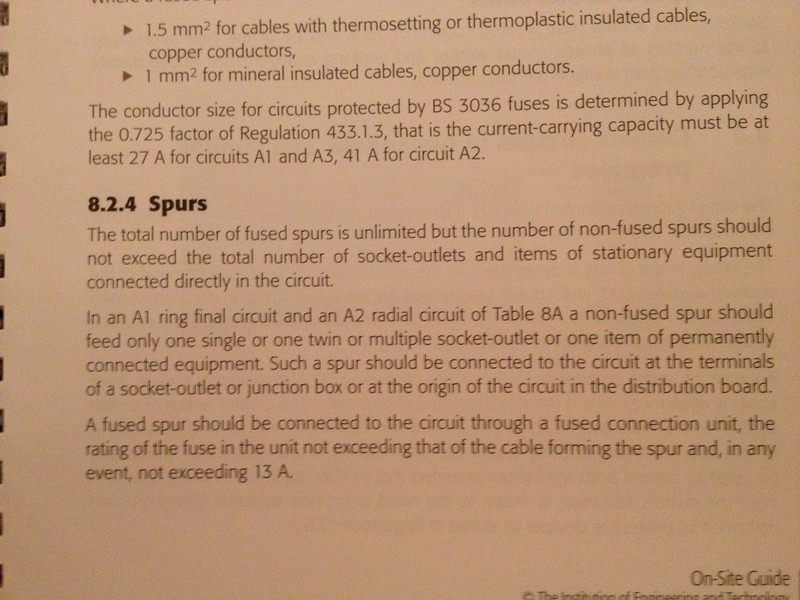DBK
LIFE MEMBER
Not MH orientated but electronics so I am putting this question here in case any wiring experts can help.
I am tidying up the wiring to a TV by putting the cables behind the plasterboard. There will be one 3 gang little socket carrying the coax signal, an HDMI socket and an Ethernet socket. There will then be another socket for the 13A mains.
I only have to run the cables a maximum of about 2m horizontally to where the router and blu-ray player will sit and it will save me quite a bit of plastering if I can hide them all in a single run. The plan is to cut slots over the vertical wooden battens behind the plasterboard and "fish" the cable to the next batten. This should only leave me with about 3 short slots to plaster over afterwards.
My question is will having the mains and the Ethernet cable, which is Cat 6 be a problem over such a relatively short distance if they are close together?
I have read you should keep them at least 300mm apart and if they have to cross they should do at right angles. The Cat 6 cable is unshielded.
I suspect I am just being lazyand need to cut separate channels for the mains but if anyone has any experience of this I would be grateful for advice.
I am tidying up the wiring to a TV by putting the cables behind the plasterboard. There will be one 3 gang little socket carrying the coax signal, an HDMI socket and an Ethernet socket. There will then be another socket for the 13A mains.
I only have to run the cables a maximum of about 2m horizontally to where the router and blu-ray player will sit and it will save me quite a bit of plastering if I can hide them all in a single run. The plan is to cut slots over the vertical wooden battens behind the plasterboard and "fish" the cable to the next batten. This should only leave me with about 3 short slots to plaster over afterwards.
My question is will having the mains and the Ethernet cable, which is Cat 6 be a problem over such a relatively short distance if they are close together?
I have read you should keep them at least 300mm apart and if they have to cross they should do at right angles. The Cat 6 cable is unshielded.
I suspect I am just being lazyand need to cut separate channels for the mains but if anyone has any experience of this I would be grateful for advice.




